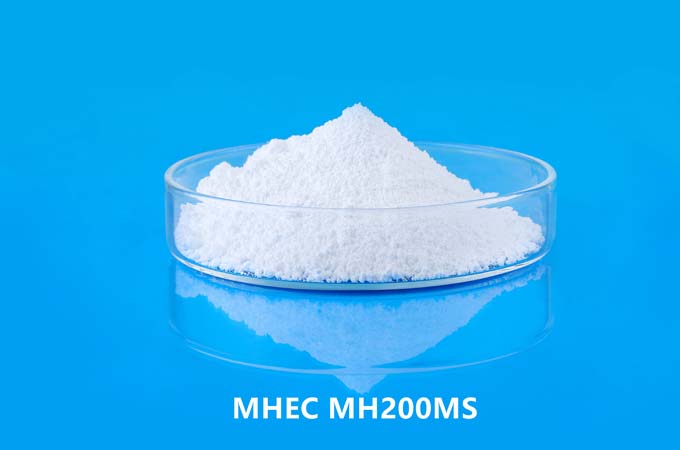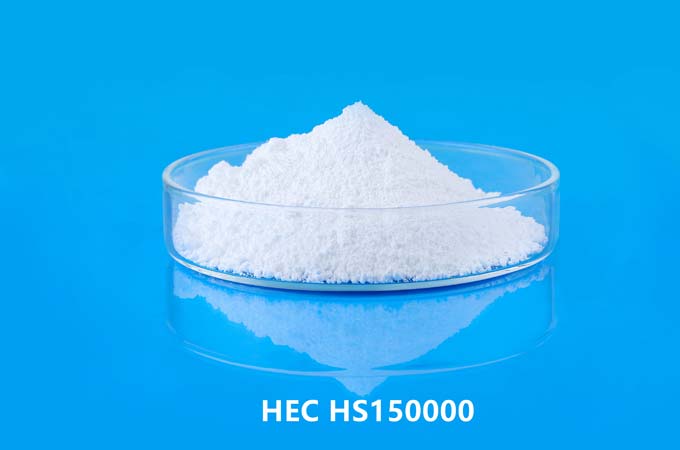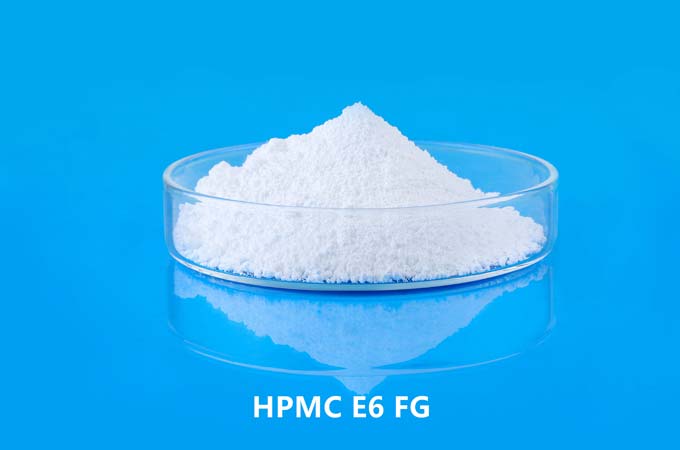What is Hydroxyethyl Cellulose
Hydroxyethyl cellulose (HEC), a white or light yellow fibrous or powdery solid, is prepared by the etherification reaction of alkaline cellulose and ethylene oxide (or chlorohydrin), and is a non-ionic soluble fiber Vegetarian ethers. Because HEC has good properties of thickening, suspending, dispersing, emulsifying, binding, film-forming, protecting moisture and providing protective colloid, it has been used in oil exploration, coatings, construction, medicine and food, textile, papermaking and polymer polymerization Response etc.
CAS : 9004 62 0
After the Meeting of Hydroxyethyl Cellulose and Water-based Paint?
As a non-ionic surfactant, hydroxyethyl cellulose has the following properties in addition to thickening, suspending, binding, floating, film-forming, dispersing, water retention and providing protective colloid:
HEC is soluble in hot water or cold water, high temperature or boiling without precipitation, so that it has a wide range of solubility and viscosity characteristics, and non-thermal gelation;
The water retention capacity is twice as high as that of methyl cellulose, and it has better flow regulation;
Compared with the recognized methyl cellulose and hydroxypropyl methyl cellulose, the dispersing ability of HEC is poor, but the protective colloid ability is strong.
Hydroxyethyl cellulose China is non-ionic and can coexist with a wide range of other water-soluble polymers, surfactants, and salts. It is an excellent colloidal thickener for high-concentration electrolyte solutions;
How to Use Hydroxyethyl Cellulose?
Add directly during production - this method is simple and takes a short time.
Add clean water to a large bucket equipped with a high shear mixer. Start to stir continuously at low speed and slowly sieve the hydroxyethyl cellulose into the solution evenly. Continue to stir until all particles are soaked. Then add preservatives and various additives. Such as pigments, dispersing aids, ammonia water, etc. Stir until all the hydroxyethyl cellulose is completely dissolved (the viscosity of the solution increases) before adding other components in the formula for reaction.
Equipped with Mother Liquor
It is to prepare the mother liquor with higher concentration first, and then add it to the product. The advantage of this method is that it has greater flexibility and can be directly added to the finished product, but it must be properly stored. The steps of this method are similar to most of the steps in method 1; the difference is that there is no need for a high-shear agitator, and only some agitators with sufficient power to keep the hydroxyethyl cellulose uniformly dispersed in the solution can be continued without stopping Stir until completely dissolved into a viscous solution. However, it must be noted that the fungicide must be added to the mother liquor as soon as possible.
Since the surface-treated hydroxyethyl cellulose is a powdery or fibrous solid, when preparing hydroxyethyl cellulose mother liquor, remind you to pay attention to the following points:
(1) Before and after adding hydroxyethyl cellulose, it must be stirred continuously until the solution is completely transparent and clear.
(2) It must be slowly sieved into the mixing tank, and do not put a large amount or directly put hydroxyethyl cellulose into the mixing tank.
(3) Water temperature and PH value in water are related to the dissolution of hydroxyethyl cellulose, so special attention must be paid.
(4) Do not add some alkaline substances to the mixture before the hydroxyethyl cellulose powder is soaked with water. Raising the pH after wetting helps to dissolve.
(5) As far as possible, add antifungal agent in advance
(6) When using high-viscosity hydroxyethyl cellulose, the concentration of the mother liquor should not be higher than 2.5-3% (by weight), otherwise the mother liquor will be difficult to handle.
 English
English 日本語
日本語 français
français Deutsch
Deutsch Español
Español italiano
italiano русский
русский português
português العربية
العربية Türkçe
Türkçe Nederland
Nederland



